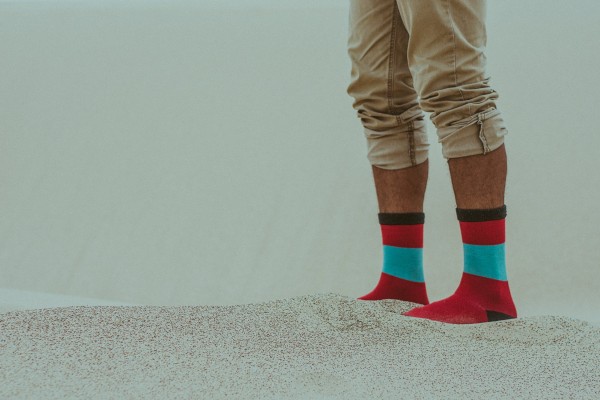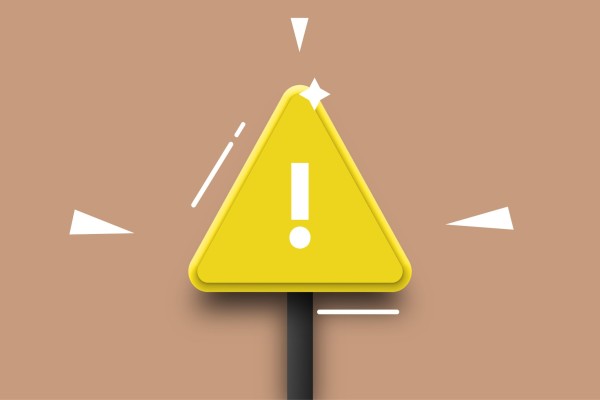What Are Spider Veins?
Spider veins are tiny damaged veins that appear close to the surface of the skin. Named for their close resemblance to a spider’s web, these small, thin surface veins can be blue, red, or purple in color and also can appear as thin lines or tiny connected branches on areas of your face or your legs.
Like the larger, more pronounced varicose veins, spider veins tend to appear when the valves of the affected vein stop working correctly, a condition known as venous insufficiency. However, unlike varicose veins, most spider veins are usually not harmful or painful and mostly are treated primarily for cosmetic reasons.
What Causes Spider Veins?
Spider veins develop when the one-way valve that keeps blood from flowing backwards in the vein is damaged or weakens, blood starts to pool within the vein.
Over time, and as more blood pools and sits in the vein, the affected area(s) of the vein can bulge out and form what we know to be spider veins. While it’s estimated that over 60% of people will develop these types of veins at some point in their life, they appear to be more prevalent in women than in men; regardless of gender, spider veins appear more frequently as we age.
Why Do You Get Spider Veins?
There are a number of contributing factors that increase the risk of developing spider veins; these factors include being overweight, being pregnant, suffering trauma, heredity, and fluctuating hormones. In addition, spider veins appearing on the face are often the result of burst blood vessels, sun damage, or increased pressure resulting from narrowing of affected veins.
Treatment For Spider Veins
- Sclerotherapy. Considered by many to be the best treatment option for spider veins, sclerotherapy involves injecting a special solution directly into spider veins; this solution, known as a sclerosant, causes the vein to scar, collapse, and eventually disappear.
- Laser Treatment. Laser treatment for spider veins is a noninvasive procedure and uses a focused ray of light to heat the damaged vein until it closes. Often used on superficial veins smaller than 3 millimeters, laser treatment is a safe effective spider vein treatment option.
Treating Spider Veins on Legs
In addition to sclerotherapy and laser treatments, there are additional preventative measures and procedures for treating spider veins on legs; these spider vein treatment options include:
Compression Stockings – Compression stockings promote healthy circulation in the feet, ankles, and legs by compressing superficial veins and supporting proper function of the veins’ valves.
- Lose weight to avoid excess pressure on the veins
- Avoid sitting or standing for too long
- Avoid excessive drinking, which can enlarge blood vessels in the face
- Wear sunscreen to protect your face from UV exposure
- Get moderate exercise like walking to help improve overall circulation in the body
Read This Next
So your vein doctor has ordered compression stockings for you but are very difficult to put on. Thankfully there are a number of stock aids sold online. A sock aid can help...
Read MoreVarithena is a minimally invasive procedure designed to treat varicose veins by using prescription medicine injected in the form of a microfoam to close off a non-functioning...
Read MoreA Guide to Perforator Veins The venous system of the lower limbs consists primarily of deep and superficial veins but there is a system of veins that connect the two,...
Read MoreHave you visited a vein specialist recently? Did you get the feeling the doctor was pressuring you into getting vein treatment you don’t need? If so, I want to share some...
Read More




